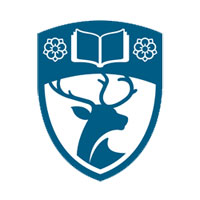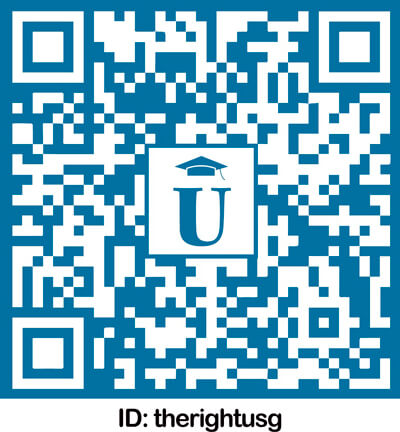fees waived
Aeronautics and Astronautics / Spacecraft Engineering, MEng (Hons)
University of Southampton, United Kingdom
Subject ranking
UK / CUG 2024 4th
UK / ARWU 2024 6th
UK / Guardian 2025 8th
Costs
food & rentS$17.1K / year
Entry requirements
Scholarships
21 - 50 available
10 available
Unlimited quantity
Unlimited quantity
Limited quantity
Information
Code
Intakes
Website (External)
Programmes
Information
Duration
2029
Aeronautics and astronautics explores the design and operation of aircraft and spacecraft in Earth's atmosphere and beyond. This course builds expertise in spacecraft system design, including subsystems and interfaces, preparing students for careers in the space industry. The first two years cover core engineering principles such as aerodynamics, propulsion, mechanics of flight, fluid dynamics, and control, providing a solid foundation for air and space vehicle development.In years three and four, students design, test, and evaluate spacecraft systems while considering environmental impacts, undertake individual and group projects, and select advanced modules like spacecraft orbital mechanics. Assessment includes written exams, coursework, laboratory reports, essays, and presentations. Access to facilities such as wind tunnels, jet engine labs, and flight simulators enhances learning. The program is accredited by the Royal Aeronautical Society and Institution of Mechanical Engineers, offering a pathway to chartered status.
Typical modules include: Year one: Introduction to Aeronautics and Astronautics; Engineering Design; Electrical and Electronic Systems; Mathematics; Mechanics, Structures and Materials; Thermofluids. Year two: Aerodynamics; Astronautics; Engineering Management and Law; Materials and Structures; Mathematics; Mechanics of Flight; Propulsion; Systems Design and Computing. Year three: Individual Project; Advanced Astronautics; Aerospace Control Design; Aerothermodynamics; Aircraft Structural Design; Spacecraft Systems Engineering and Design; plus module options. Year four: Group Design Project; Advanced Aerospace Engneering ; plus additional module options to deepen your knowledge, such as Spacecraft Orbital Mechanics and Control or Spacecraft Propulsion.
A local representative of University of Southampton in Singapore is available online to assist you with enquiries about this course.

